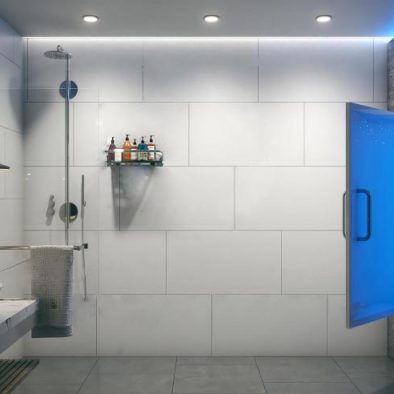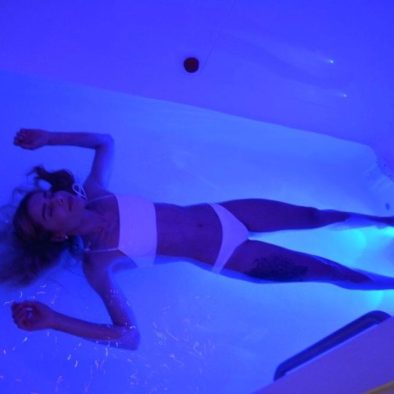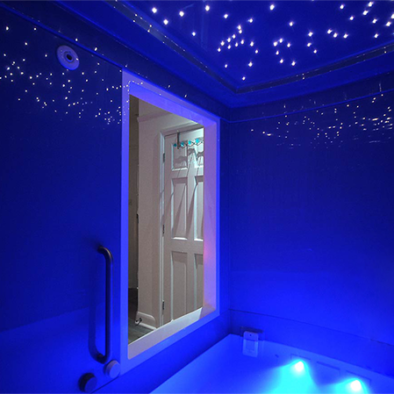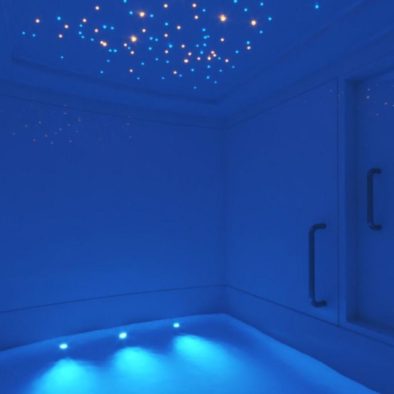In a series of studies over the last twenty-five years, Paul MacLean, chief brain researcher at the National Institute for Mental Health (USA), has produced convincing evidence that the human brain has three separate physiological layers, each corresponding to a stage in our evolutionary history. In this “Triune Brain Theory,” the most ancient layer is called the reptile brain, and it controls basic self-preservative, reproductive and life sustaining functions. Sitting atop the reptile brain is the limbic system, which MacLean has dubbed the visceral brain, because it generates our emotions. The most recent part of the brain to develop is the “thinking cap” of convoluted gray matter called neo-cortex, seat of our abstract, cognitive functions; memory, intellect, language, and consciousness.
While these three separate brains have overlapping functions, they are all quite different in chemistry, structure, action, and style. Three brains should be better than one, but unfortunately, due to a ruinous design error, there is insufficient communication and co-ordination between the neo-cortex and the two older levels. This lack of communication results in a chronic dissociation between the higher and lower brains, which MacLean calls schizaphysiology, and which we experience in the form of conflicting drives ─ unconscious and conscious, savage and civilised, lusty and loving, ritualistic and symbolic, rational and verbal. There are times when the levels do act in harmony, as in peak experiences when body and mind unite in exhilarating moments of vitality, when our actions come effortlessly, spontaneously. But it’s hard to predict when these perfect moments will occur.
Now there is evidence that suggests that, due to heightened internal awareness and decreased physical arousal, floating increases the vertical organisation of the brain, enhancing communication and harmony between the separate levels. Floating, it has been hypothesised, can provide us with peak experiences almost at will.



